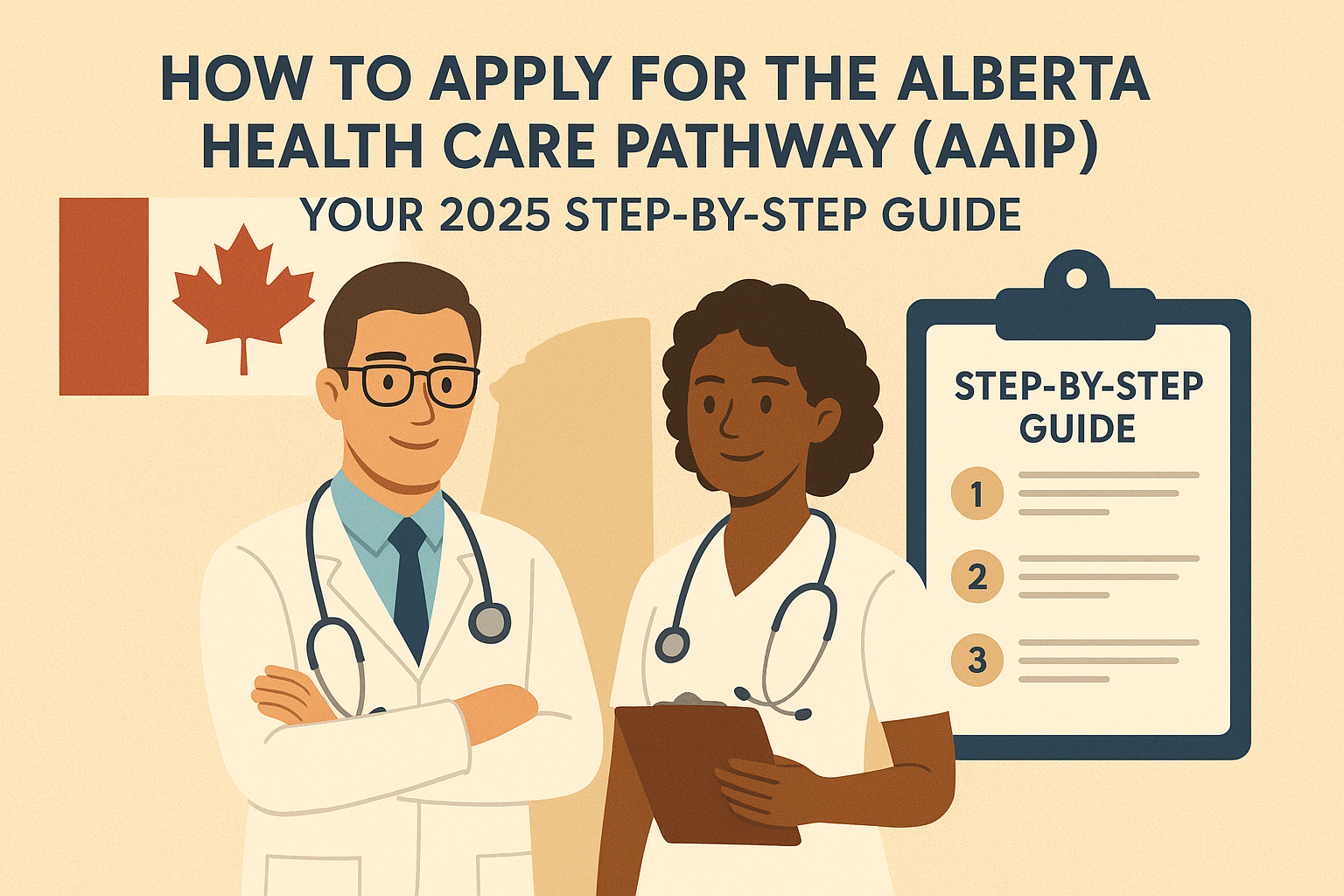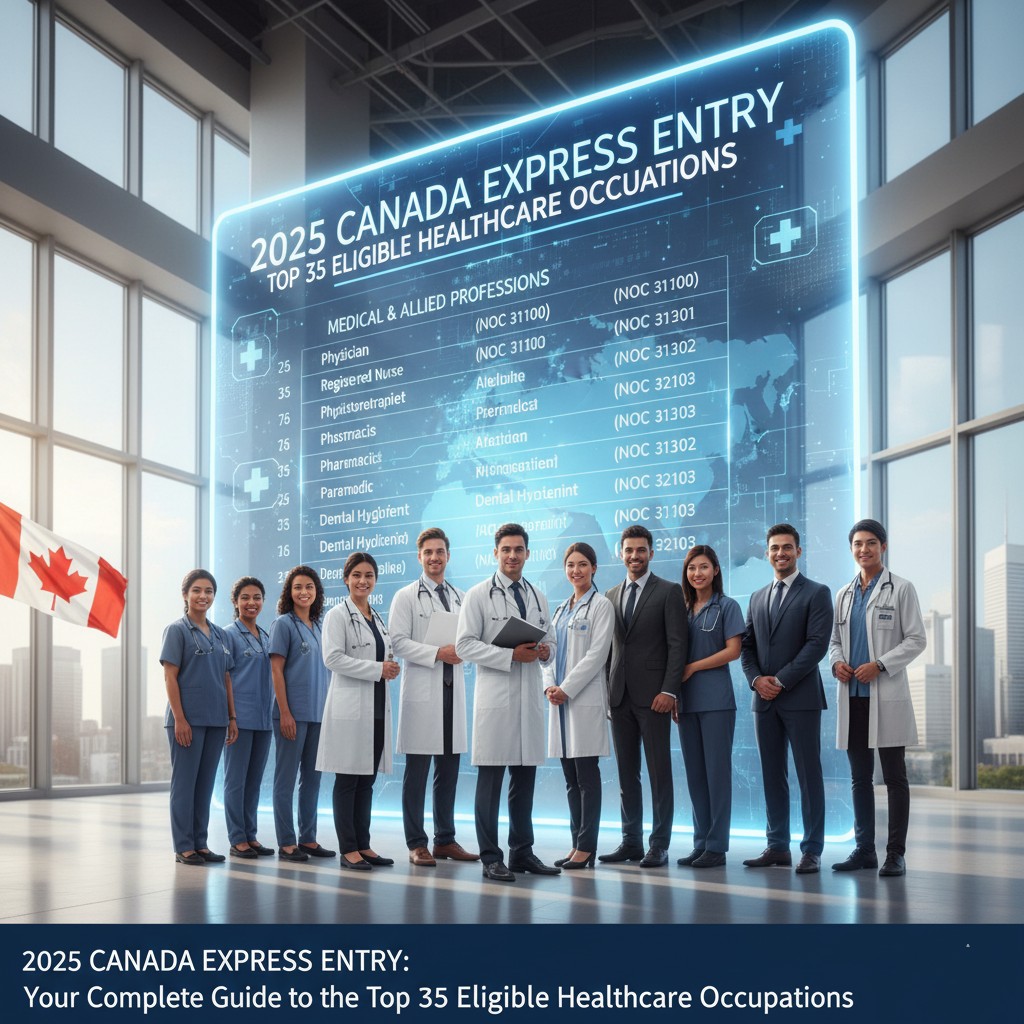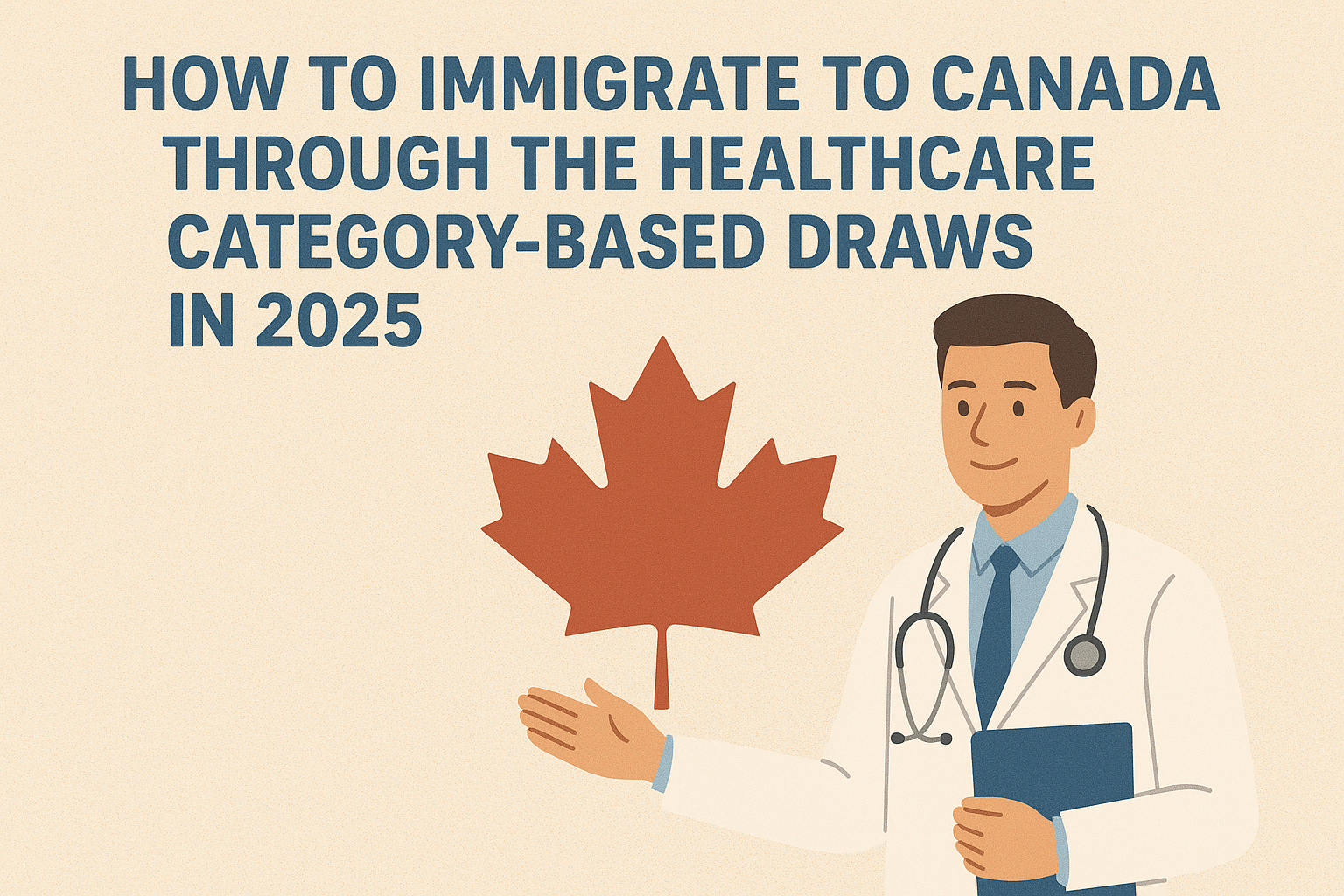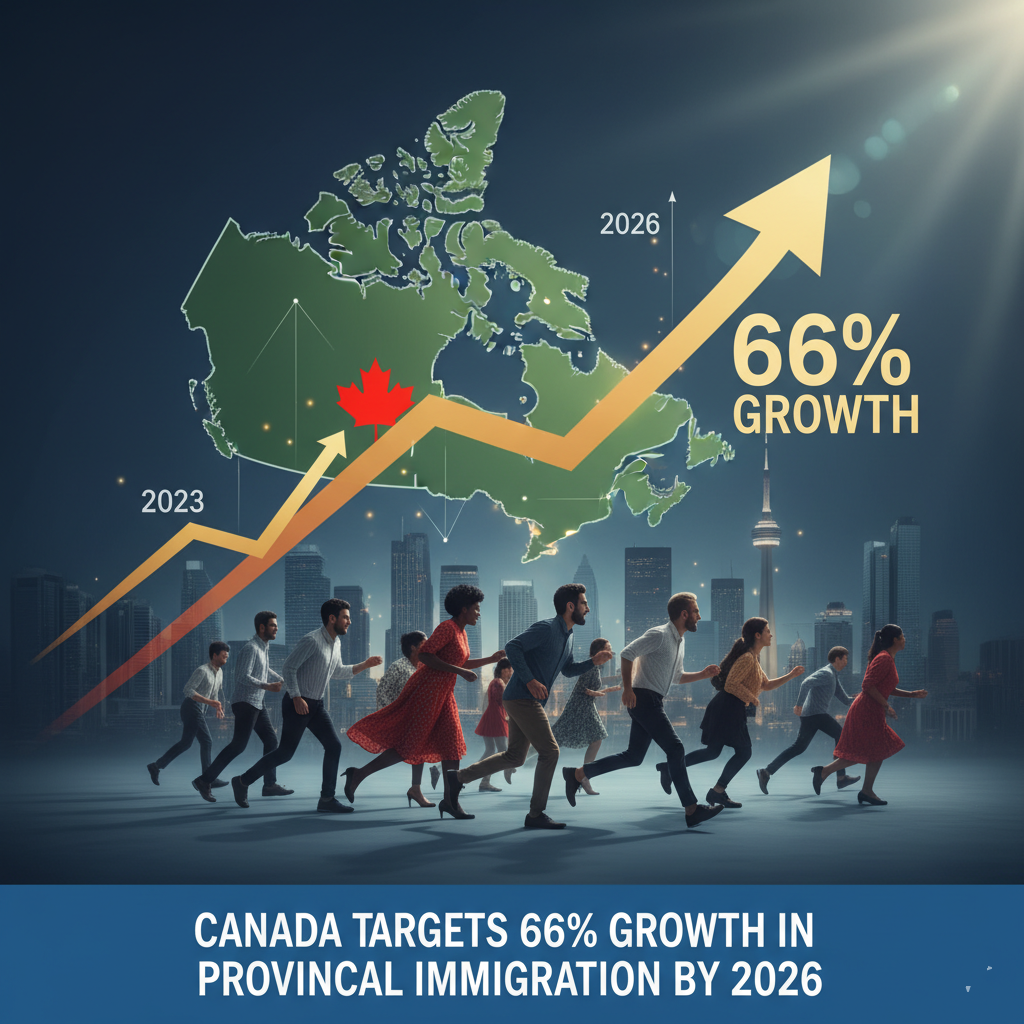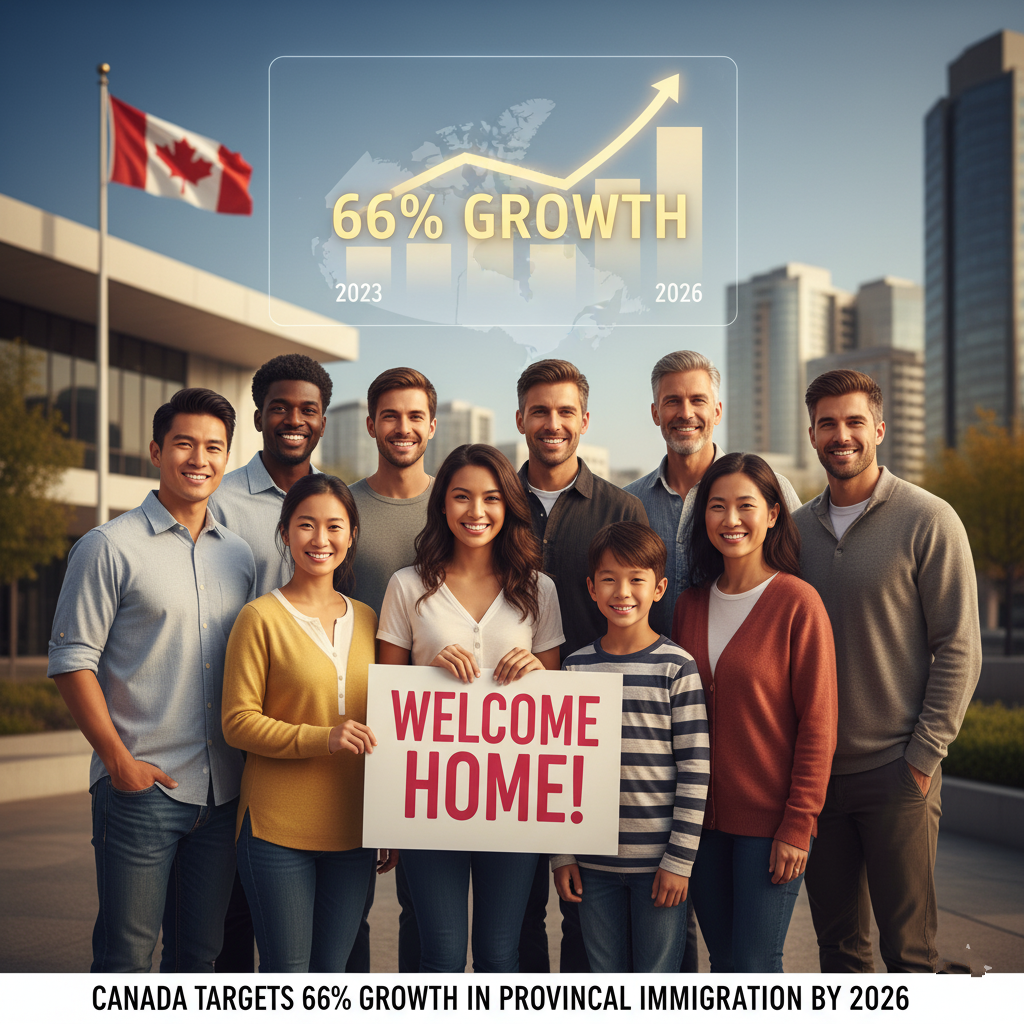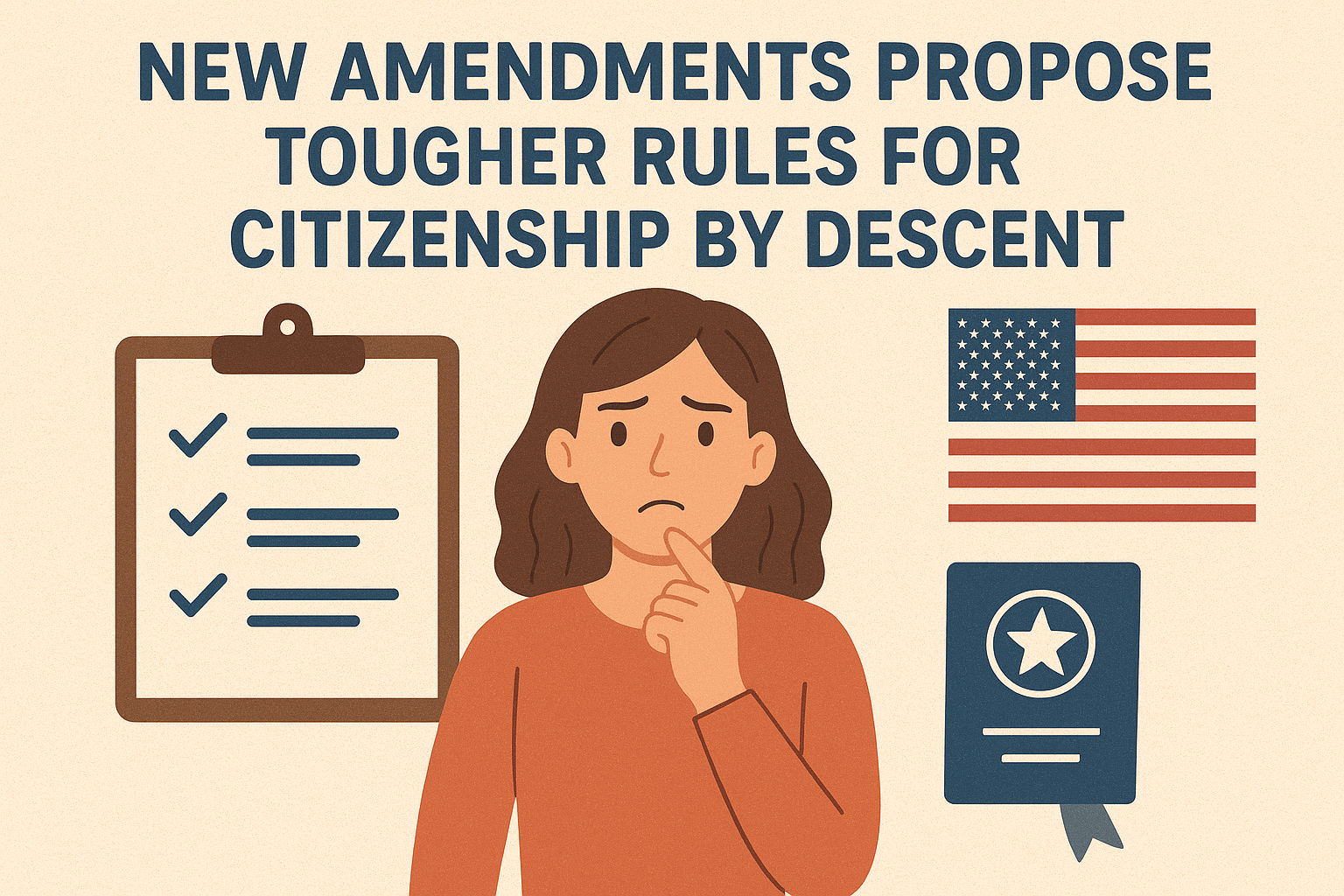Alberta is actively recruiting global healthcare talent to strengthen its medical system, and the Alberta Advantage Immigration Program (AAIP) Health Care Pathway is one of the most direct routes to Canadian permanent residence for doctors, nurses, and allied health professionals.
This definitive step-by-step guide will walk you through the entire application process for the AAIP Health Care Pathway, from determining your eligibility to submitting a successful application. Let’s dive into how you can build your career and life in the heart of Canada’s economic powerhouse.
Why Choose Alberta for Your Healthcare Career?
Before we get into the “how,” let’s talk about the “why.” Alberta offers:
- Competitive Salaries: Some of the highest wages for healthcare professionals in Canada.
- Stunning Landscapes: From the majestic Rocky Mountains to vibrant prairie cities.
- Economic Opportunity: A strong, diversified economy with no provincial sales tax (PST).
- Focused Immigration Pathway: A stream designed specifically for healthcare workers with a valid job offer.
Eligibility: Who Qualifies for the AAIP Health Care Pathway?
This pathway is for individuals with a job offer in an eligible healthcare occupation. You must meet the following criteria:
1. Job Offer Requirements
- Full-Time & Permanent: The job must be full-time (at least 30 hours/week) and permanent (no end date).
- Eligible Occupation: The offer must be in an eligible healthcare occupation. While not exhaustive, key roles include:
- Physicians (NOC 31100, 31101, 31102)
- Registered Nurses and Psychiatric Nurses (NOC 31300)
- Licensed Practical Nurses (NOC 32101)
- Nurse Aides, Orderlies, and Patient Service Associates (NOC 33102)
- Physiotherapists (NOC 31201)
- Medical Laboratory Technologists (NOC 32120)
- And many more allied health roles.
- Employer Requirements: Your Alberta employer must have a valid AAIP endorsement. They cannot be on the list of ineligible employers.
2. Applicant Requirements
- Language Proficiency: Minimum of CLB 5 in English or French (NCLC 5) for NOC TEER 0, 1, 2, or 3. For NOC TEER 4 or 5, a minimum CLB 4 is required.
- Education: Minimum of a high school diploma. An Educational Credential Assessment (ECA) is required if you completed your education outside Canada.
- Licensing: You must hold the required licensing or certification from the relevant Alberta regulatory body to work in your field. This is a non-negotiable first step.
- Residency Intent: You must intend to and be able to live and work in Alberta permanently.
Your 6-Step Guide to a Successful AAIP Health Care Application
Navigating the process correctly is crucial. Follow these steps meticulously.
Step 1: Secure Your Alberta Job Offer & Licensing
This is the most critical step. You cannot apply without it.
- Get Licensed: Contact the Alberta regulatory body for your profession first. For nurses, it’s the College of Registered Nurses of Alberta (CRNA) or the College of Licensed Practical Nurses of Alberta (CLPNA). For physicians, it’s the College of Physicians and Surgeons of Alberta (CPSA). This process can take time, so start early.
- Find a Job: Use job boards like Alberta Health Services Careers, Indeed.ca, and specialised healthcare recruitment agencies. Network proactively on LinkedIn with Alberta healthcare managers.
Step 2: Ensure Your Employer Gets an AAIP Endorsement
Your potential employer in Alberta must apply to the AAIP to be endorsed to hire a foreign national through this pathway. They will need to provide documentation proving their business is legitimate and established in Alberta.
Step 3: Take a Language Test & Get an ECA
- Language Test: Book an approved test (IELTS/CELPIP for English, TEF/TCF for French). Aim to exceed the minimum CLB 5 to strengthen your overall profile.
- Educational Credential Assessment (ECA): If your education is from outside Canada, get your credentials assessed by a designated organisation like World Education Services (WES). This proves your foreign degree is equivalent to a Canadian one.
Step 4: Create Your Express Entry Profile (If Applicable)
The AAIP Health Care Pathway is an “enhanced” provincial nominee stream, which means it is aligned with the federal Express Entry system. Creating an Express Entry profile is highly beneficial, though not always mandatory for the paper-based process.
Benefits of an Express Entry Profile:
- Faster Processing: Applications linked to Express Entry are typically processed more quickly.
- 600-Point Boost: A successful AAIP nomination will add 600 points to your Comprehensive Ranking System (CRS) score, guaranteeing you an Invitation to Apply (ITA) for permanent residence from the federal government.
Step 5: Receive a Notification of Interest (NOI) & Apply to AAIP
- Receive an NOI: Alberta will periodically search the Express Entry pool and issue Notifications of Interest (NOIs) to candidates who meet the Health Care Pathway criteria. Alternatively, your employer may be directly involved in the referral process.
- Submit AAIP Application: Once you have the NOI or confirmation from your employer, you will submit a complete application to the AAIP through their online portal. You typically have 30 calendar days to apply.
Step 6: Receive Nomination & Apply for Permanent Residence
- AAIP Nomination: If your application is approved, you will receive a Provincial Nomination Certificate from Alberta.
- If you have an Express Entry profile, you will accept the nomination in your account, and IRCC will automatically award you 600 CRS points. You will then receive an ITA in the next Express Entry draw.
- If you do not have an Express Entry profile (Paper-based): You will use your nomination certificate to submit a complete application for permanent residence directly to IRCC via a non-Express Entry process.
- Submit PR Application: After receiving the ITA (or for paper-based), you have 60 days to submit your complete PR application to IRCC, including medical exams and police certificates.

Required Documents Checklist
Gather these documents in advance to ensure a smooth application:
- Passport bio-data page for you and all family members
- Language test results (less than 2 years old)
- Educational Credential Assessment (ECA) report
- Proof of Alberta licensure/certification in your healthcare field
- Job offer letter from an endorsed Alberta employer
- Reference letters from previous employers proving work experience
- Proof of funds (if required)
- Digital photos meeting IRCC specifications
Processing Times & Fees
- AAIP Processing: The AAIP aims to process complete applications within 3-6 months, but this can vary.
- Federal PR Processing: After nomination, federal processing by IRCC typically takes an additional 12-18 months for paper-based applications, or about 6 months for Express Entry-linked applications.
- Fees:
- AAIP Application Fee: $0 (There is no cost to apply for the provincial nomination).
- Federal PR Application Fee: $1,365 CAD for a principal applicant.
Common Pitfalls to Avoid
- Skipping the Licensing Step: You cannot work in a regulated health profession in Alberta without a license. Start this process before anything else.
- Incomplete Job Offer: Ensure your job offer is full-time, permanent, and from an AAIP-endorsed employer.
- Outdated Documents: Language tests and ECAs are only valid for two years. Ensure yours will be valid throughout the entire application process.
- Rushing the Application: Incomplete or inaccurate forms are a leading cause of refusal. Double-check everything before submission.
Why This Pathway is a Smart Choice for Healthcare Workers
The Alberta Health Care Pathway is one of the most stable and reliable routes to Canada for medical professionals. It recognises the critical role you play and offers a streamlined process to bring your skills to communities that need them most. With a valid job offer and the right preparation, you can navigate this process successfully and embark on a rewarding new chapter in Alberta.
Your Quick-Start Action Plan:
- Research your specific Alberta regulatory body and begin the licensing process.
- Update your CV/Cover Letter to Canadian standards and start applying for jobs in Alberta.
- Book your language proficiency test.
- Apply for your Educational Credential Assessment (ECA).
- Create/Update your Express Entry profile to ensure you are in the pool.
The path to becoming a healthcare professional in Alberta is clear. By following this step-by-step guide, you can confidently navigate the AAIP Health Care Pathway and turn your Canadian dream into a reality.
